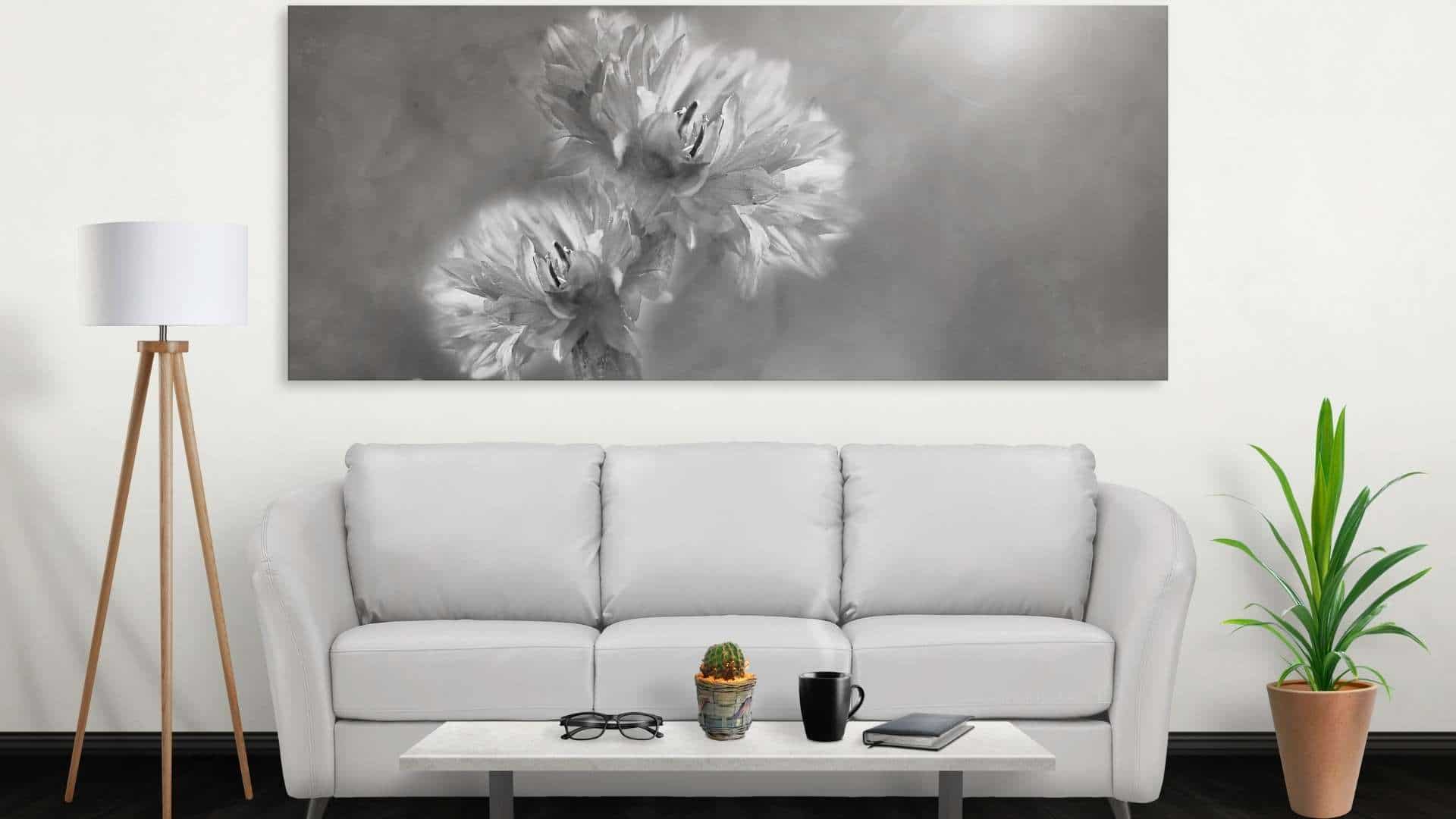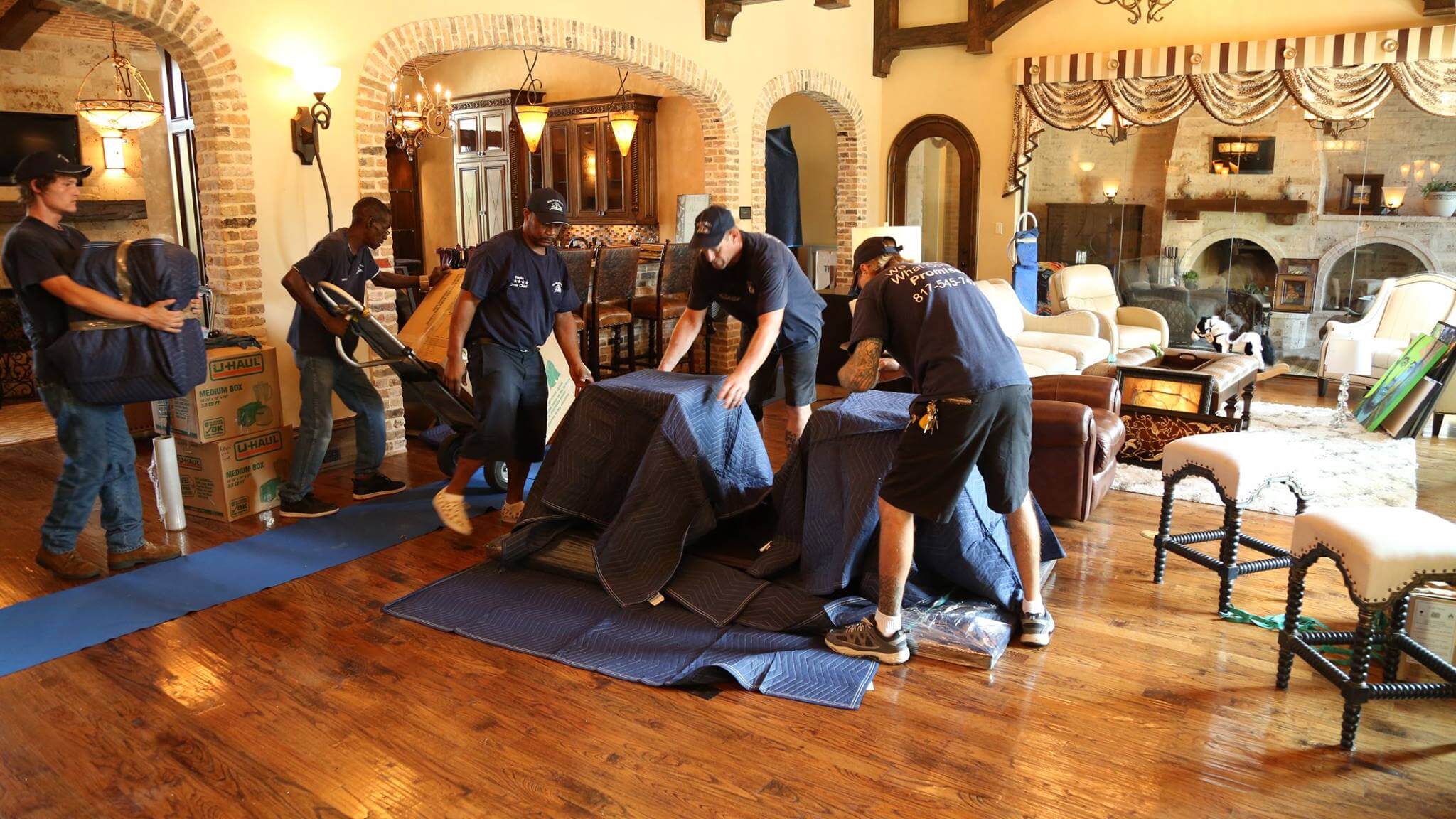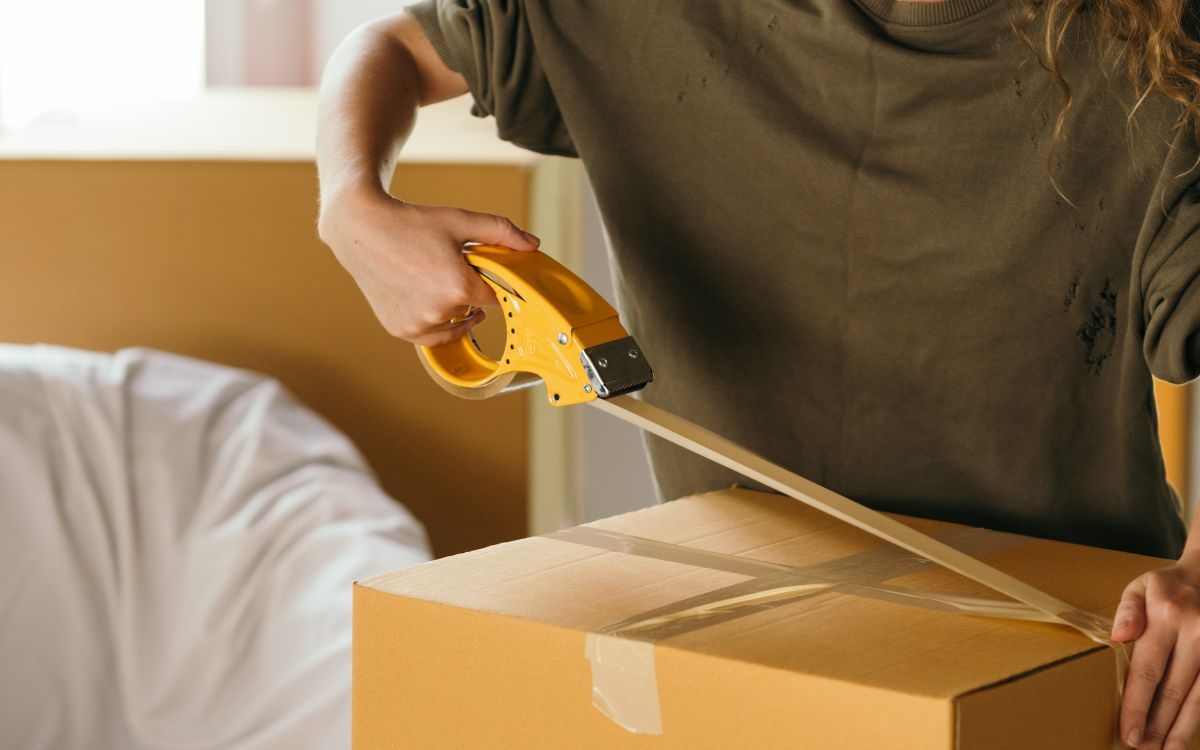
If you have beloved wall art hanging in your home but you’re facing a move, you may wonder how you can best move it in a safe manner. Whether you love modern, art deco, impressionist or renaissance, check out these seven important considerations when relocating wall art. First off, you should hire a fine arts mover who is well versed in relocating valuable pieces!
1. How Far Will the Art Be Moved?
Distance is a big consideration when moving wall art. If you’re only moving a short distance, such as across town, you can probably get away with wrapping it properly and carefully placing it in the back seat of your car if it fits. Never leave high-quality oil paintings or expensive water colorings in high heat or cold temperatures for very long. For anything over a few hours, you should consider other options.
If you’re going a long distance or the artwork won’t fit in your personal vehicle, you need to have the art packed properly by a professional for safe loading and climate-controlled transport. In the case of expensive art or awkward shapes, your mover can provide crating for certain pieces.
2. How Will You Store It?
Many homeowners are faced with the need to store their wall art for a short period of time, whether due to a gap in moves or because there won’t be enough room to display certain pieces in the new house.
Especially when you know you will be moving it multiple times, it’s important to make sure the artwork is properly packed, secured and placed correctly in the unit. You will also want to make sure the storage unit is climate controlled, which is critical in preserving high-end pieces. If not, moisture and mold can creep in and damage or destroy your wall art.
A good rule of thumb is 74 to 75 degrees in hot climates and 50 to 60 degrees in cold climates.
3. What Wrappings Will You Use?
There are many materials you can use to wrap your artwork in, but bubble wrap is not one of them. Avoid using shrink wrap or bubble wrap, as these materials have formaldehydes that give off gases which can permanently damage your wall art. Ask your mover what materials they use and make sure bubble wrap isn’t on the list.
4. Have You Called Your Insurance Company?
Call your insurance company to determine the exact coverage you have for your wall art collection. Find out if your current policy covers the art collection during transit. Sometimes it doesn’t. In this case, you could always add coverage for valuables. Never move your artwork without insuring it first.
5. Have You Taken Photos of Your Collection?
First, come up with a detailed inventory of your art collection, jotting down the name of each piece, the creator, the year of creation, and estimated value. If you don’t know the value, hire an art appraiser who will assess the value after visiting your home and inspecting your collection. Next, photograph each piece from a few angles. Note existing damage, if any, to later compare condition in the new place.
Print out the photos and label them in detail, placing them in a photo album or binder. This will become your collection’s inventory which is good to have because it shows your artwork in current condition. Now, if any artwork experiences damage in transit, you may use this as a reference point and back up insurance claims you may have to file in the future.
6. Have You Gotten Estimates From Movers?
One of the biggest tasks you have to handle is to find and hire a reputable mover specializing in fine arts moves. Be sure to get a few quotes from each company to give you an overall idea of pricing. Afterwards, follow up with them and ask for an in-person quote, which is much more accurate and allows your movers to better determine the skills that will be needed, how many workers will have to show up and how much time will be required to move your collection.
7. Have You Chosen the Right Boxes?
Packing wall art means you have to select the right boxes to put it in. This can be challenging, as several of your art pieces may be shaped or sized differently. In that vein, you will need to pick up or request different types and sizes of moving boxes. You will need a mirror box or artwork box, for instance, to house prints, paintings, and statues. Wooden crates are best for large, bulky or heavy items.
Fully secure and pad each art piece in their respective boxes, stuffing enough padding inside while being careful to wrap each piece individually. Got framed artwork? Put it in a flat picture box in a slightly larger size than the piece of art itself.
Put crumpled newsprint at the box’s bottom, then lay the artwork on top. Close it up but don’t tape it. Just gently move the box to see if you sense shifting. Add more padding if you do. When satisfied that there’s no more shifting, seal the box with tape and label it with the contents. It’s a good idea to also mark where the box should go, such as living room or den. Write FRAGILE on all sides of the box.
In the end, the best way to safely transport your art collection is to hire professional movers who are known for handling frequent fine art and antiques moves.
Here at Olde World Movers, we take all necessary precautions to ensure your valuable artwork is transported between both homes or to a storage unit safely.
Contact Olde World Movers
If you have a wall art collection and need help relocating it, contact us in Euless at 817-374-4316 or Frisco at 972-665-6910.



